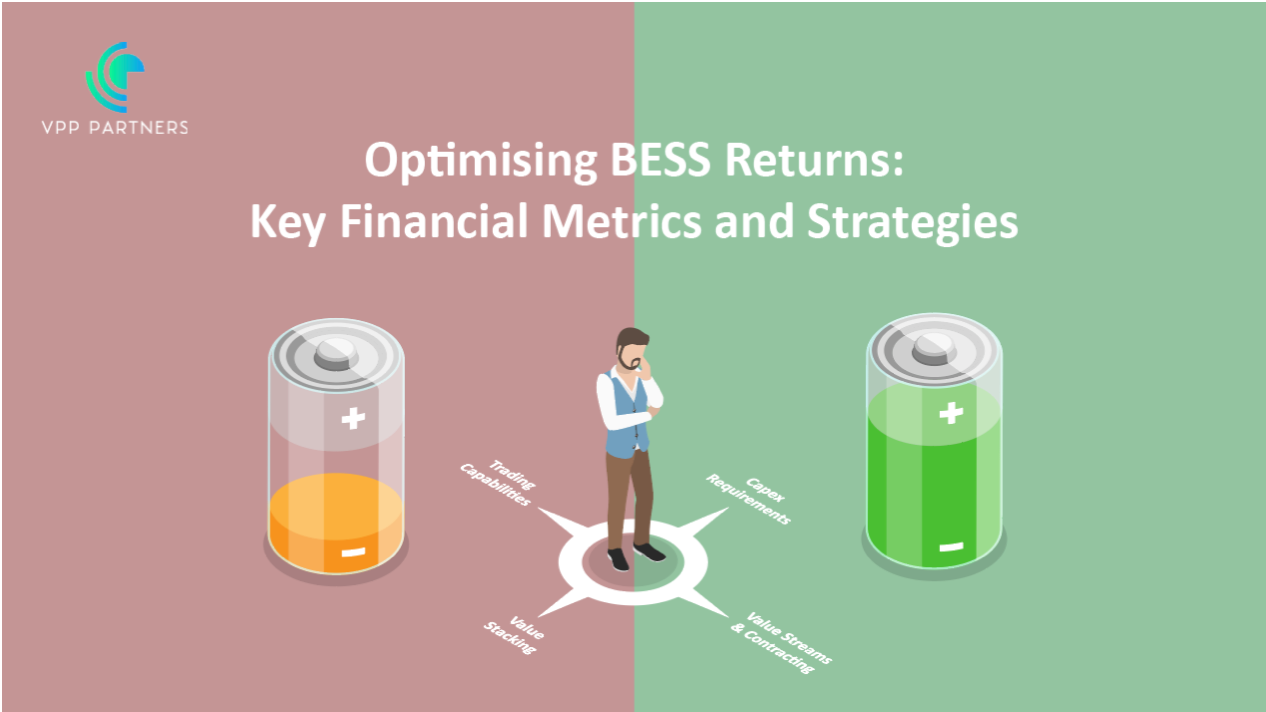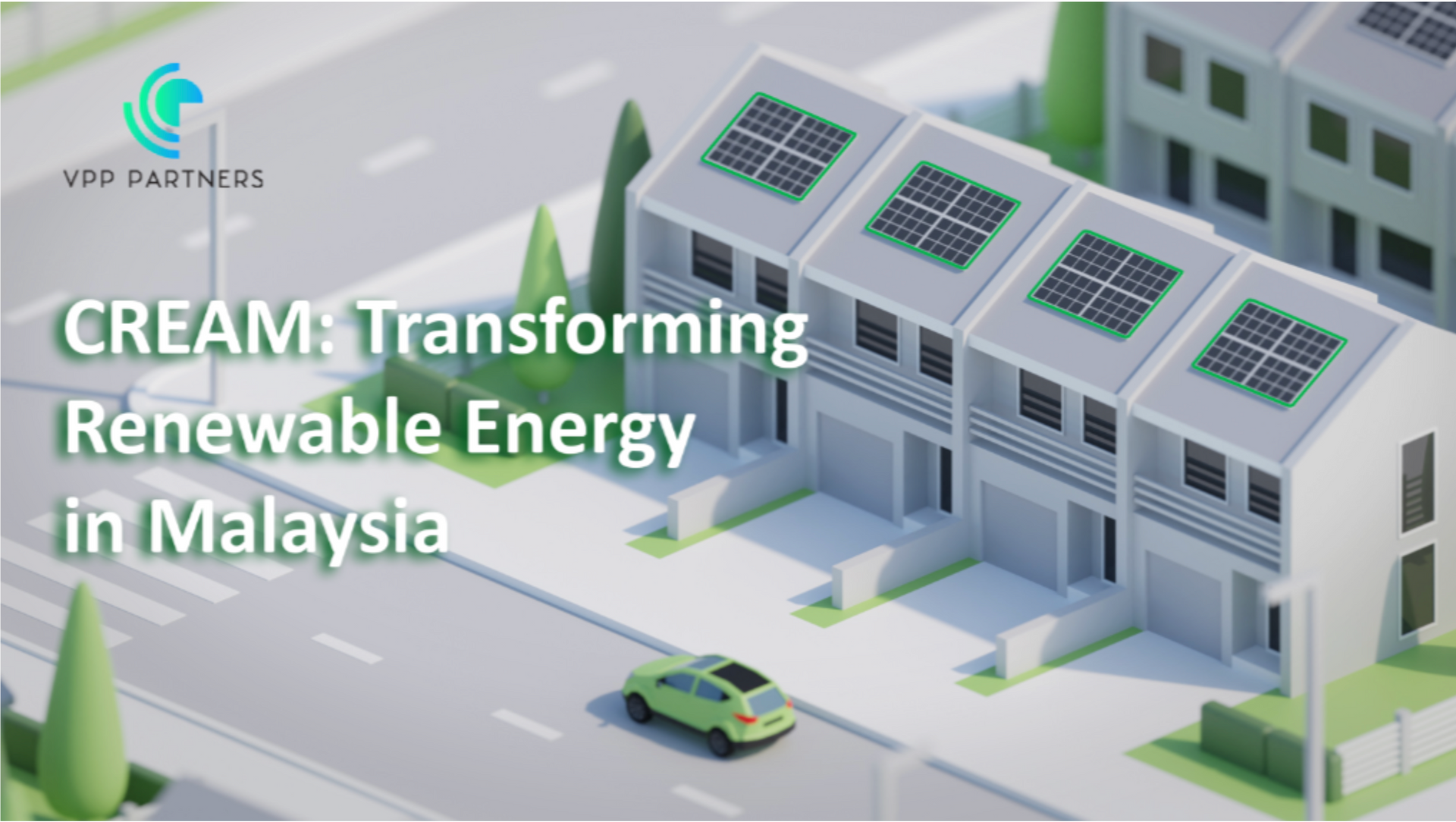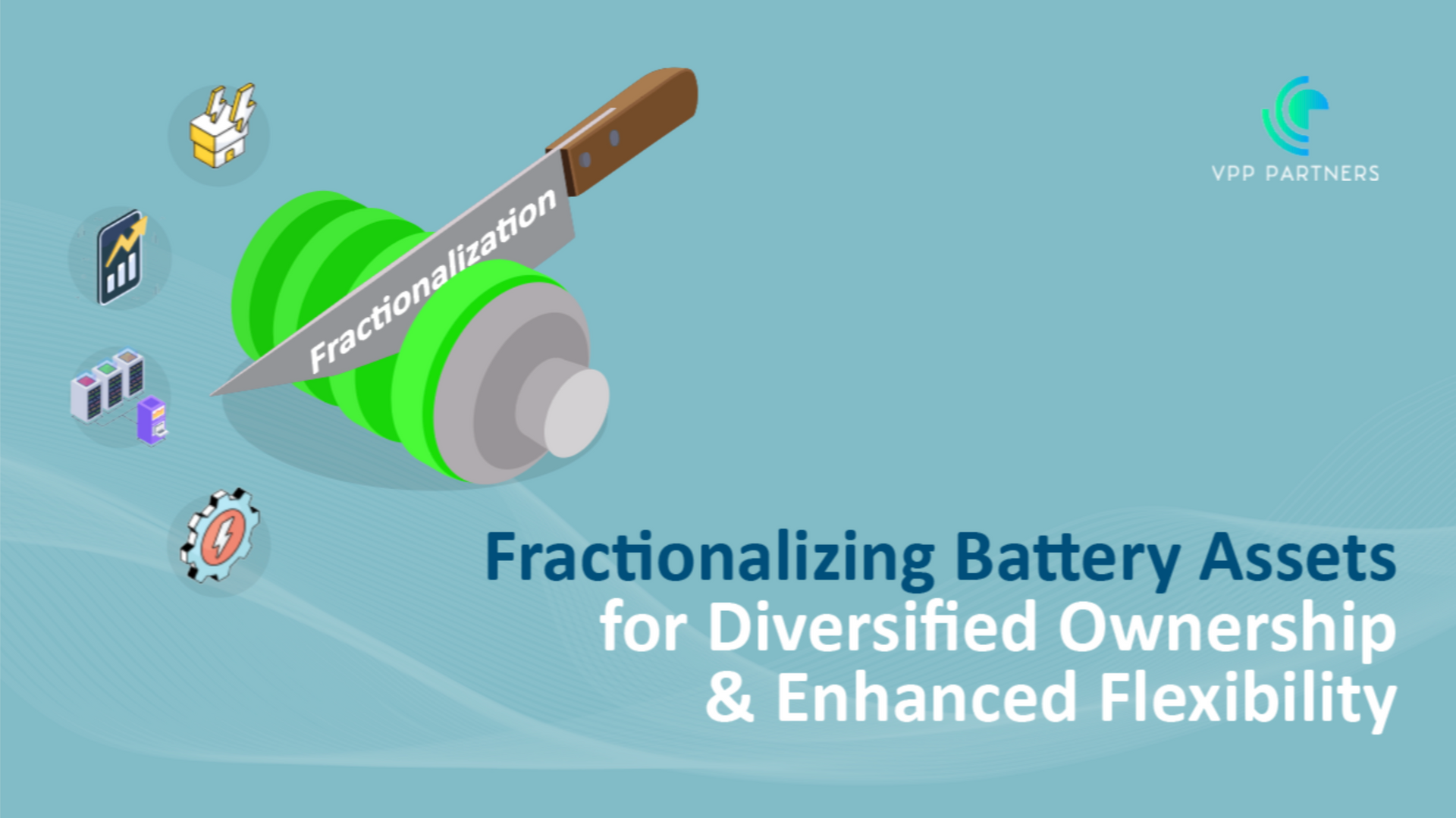Article 1: Getting Ready for a Future Where Distributed Energy is Securitized
Originally posted on LinkedIn on 30 October 2024
As we rapidly shift towards clean energy, distributed energy resources (DERs) like rooftop solar, energy storage, and EV infrastructure are becoming key players in the energy world. Many of these projects depend on third-party financing, and as they grow, the big question is: how can DER portfolios offer the flexibility and liquidity that institutional investors are looking for?
One solution comes from a method used in other industries—securitization. In this article, we’ll dive into how securitization has helped other asset classes thrive and why it’s set to become a crucial strategy for distributed energy as the market evolves. We’ll also discuss steps investors can take now to prepare their portfolios for future value.
What is Securitization, and Why is it Important?
Securitization involves pooling together assets that generate steady cash flows—like loans or leases—and turning them into securities that investors can buy and sell. This method was first widely used with mortgages, allowing banks to create liquidity and spread risk by selling mortgage-backed securities. Since then, securitization has expanded to include auto loans, student loans, and even renewable energy portfolios.
Securitization does more than just provide liquidity; it gives investors access to alternative asset classes with more predictable returns. For example, solar projects have greatly benefited from securitization by attracting a broader range of capital and speeding up project growth.
Why Securitization is Coming to Distributed Energy?
Distributed energy assets have all the traits of securitizable assets: depending on the commercial structure DER can generate predictable cash flows, involve various end users, and align with the long-term sustainability goals that institutional investors seek. Here’s why DER portfolios will move toward securitization as they grow:
- Increasing Volume and Market Maturity: The number of DER installations is rising, and as they increase, there will be enough assets to bundle into larger, more liquid portfolios. The industry is also moving towards more standardized contracts, making it easier to securitize these assets.
- Demand for Liquidity and Flexibility: Early investors in DER projects might find themselves tied to long-term assets in a rapidly changing energy market. Securitization offers a way to package and sell parts of these portfolios, allowing investors to realize returns sooner, manage risk, or redeploy capital.
- Investor Appetite for Sustainable Investments: Institutional investors are increasingly drawn to environmental, social, and governance (ESG) assets. Securitized DER portfolios offer access to clean energy investments with the added benefit of being structured, relatively lower-risk investments due to the broad distribution of the underlying assets.
The Benefits of Securitization for Distributed Energy Investors
Securitization can offer several compelling benefits for investors in distributed energy portfolios:
- Liquidity: DER assets typically require long-term commitments, making it hard to adjust or exit positions as market conditions change. Securitization creates liquidity in portfolios, enabling greater flexibility in when and how investors exit or reinvest.
- Risk Diversification: Securitized portfolios bundle together assets across different locations, customer types, and geographies. This spread helps protect against specific risks, such as regional regulatory shifts or isolated performance issues, offering more stability and reliability.
- Broader Investor Appeal: Institutional investors often look for structured investment vehicles that reduce complexity. By securitizing DER portfolios, you can tap into a much larger pool of capital and attract institutional investors that might not otherwise consider DER investments.
- Lower Cost of Capital: Securitized assets that are standardized, rated, and structured as predictable investments often come with a lower cost of capital. Lower financing costs benefit end users by making DER projects more competitive and affordable.
How to Design DER Portfolios for Future Securitization
Setting up a portfolio for securitization requires thoughtful planning from the start. Here are a few essentials for building DER portfolios that are securitization-ready:
- Standardized Contracts and Agreements: The predictability of cash flows is a foundation of securitization. By using consistent, standardized customer agreements and asset warranties, you make it easier to package these assets into a single, uniform financial product.
- Data Transparency and Reporting: Investors in securitized assets expect high-quality, consistent data. Adopting robust data management practices will help attract investors and reduce due diligence costs by ensuring transparency about portfolio performance.
- Diverse Asset Mix: A well-constructed DER portfolio will include a variety of assets across different regions, customer demographics, and asset types. This diversity provides resilience, which is critical for attracting risk-conscious investors.
- Regulatory Compliance: The energy sector is subject to rapid regulatory changes. Structuring your portfolio with compliance in mind from the beginning can make the securitization process smoother and more attractive to investors looking to avoid regulatory surprises.
- Forward-Looking Financial Models: To attract investors, portfolios need clear projections for cash flows. Using robust financial models that account for variables like energy price fluctuations or technology improvements can increase investor confidence.
Looking Ahead: Why Early Securitization Matters for DER Portfolios
While some in the industry may argue that distributed energy isn’t quite ready for securitization, the rapid deployment of DER assets suggests otherwise. Early adopters who recognize the value of securitizing DER portfolios stand to gain increased liquidity, flexibility, and access to larger pools of capital.
Designing portfolios with securitization in mind is a forward-thinking approach that can position investors to make the most of future opportunities as the market matures. By preparing portfolios for securitization now, investors can better respond to changes in the market and enhance the value of their assets over time.
Securitizing DER assets won’t just open up new funding options—it will play a critical role in scaling the energy transition, making financing for renewable, distributed assets more liquid, flexible, and resilient.
Contact us today at hello@vpppartners.com
Share on...



